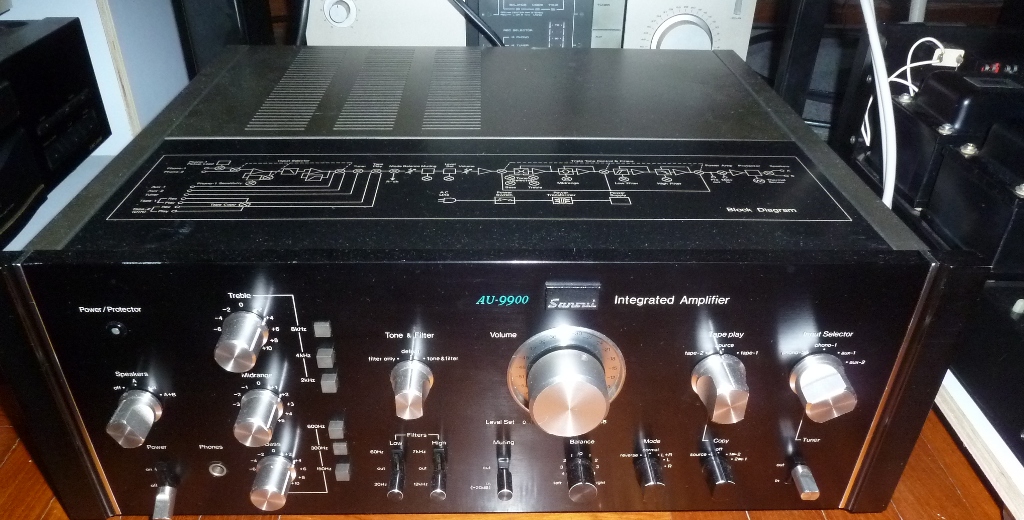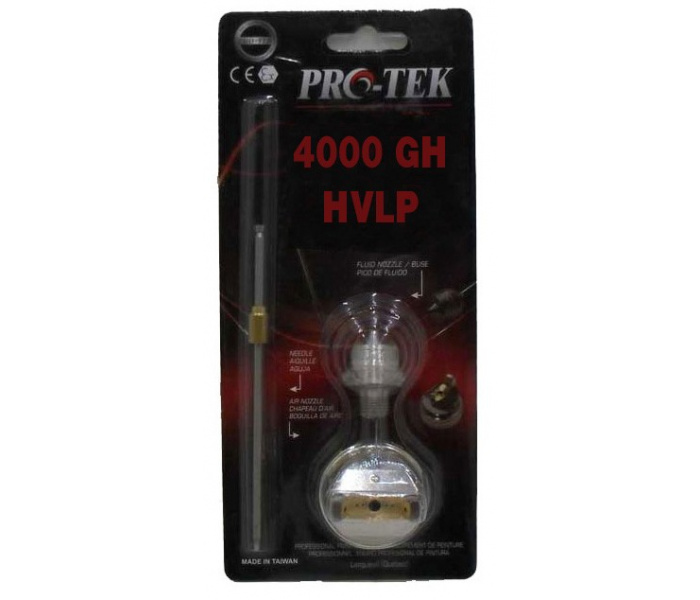

Additional equipment required includes the TandemHeart controller and pump. This is done by placing the same ProtekDuo 29 or 31 french cannula in the right internal jugular vein, and adding an oxygenator. To make it simple, that means you can essentially turn this device into VV-ECMO.

One of the additional benefits of this device is it’s TandemLung function. TandemLife could do better at explaining their device on their website. I personally went down the rabbit hole of right ventricular assist devices while writing my lecture on Mechanical Circulatory Support titled “ Cardiogenic Shock: Rise of the Machines“.

If you’ve heard the term “mechanical circulatory support”, this is one of those devices. It is essentially a right atrium to pulmonary artery bypass device. One needs to visualize the guidewire and then the cannula transverse the pulmonic valve into the pulmonary artery. The specialist uses the assistance of transesophageal echocardiogram and fluoroscopy. One could introduce this device via the right internal jugular vein. There are specialists who put this in place: Interventional Cardiologists, Advanced Heart Failure Cardiologists, Intensivists, or other well trained medical specialist. The Protek Duo, made my TandemLife/LivaNova, is a temporary percutaneous right ventricular assist device (RVAD). At the time of this writing, we are limited to two temporary percutaneous right ventricular assist devices (RVAD) to assist our patients with this problem: the Impella RP and the Protek Duo/ProtekDuo What is a Protek Duo? If your housing end and brake space dimensions do not match the dimensions shown below, please call as we have many axle options.īrake Space (BS) is the distance from the face of the housing end to the face of the axle this is a critical dimension for proper brake fitment.There are few options when it comes to right ventricular support for patients who are in right heart failure from a multitude of etiologies. Measure the Brake Space (BS) to verify brake fitment. Use the image below to identify the housing end type. Currie builds custom axles using the Driver's side "X" and Passenger's side "Y" dimensions shown below.Īll dimensions should be accurate to 1/16 of an inch to ensure a proper fit.įor the "X" dimension (Driver's side axle), hook the tape measure on the stud (as shown) and measure to the outside edge of the housing end flange.įor the "Y" dimension (Passenger's side axle), hook the tape measure on the stud (as shown) and measure to the outside edge of the housing end flange.


 0 kommentar(er)
0 kommentar(er)
